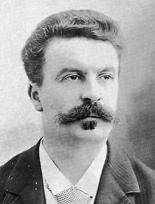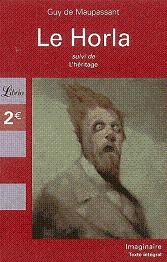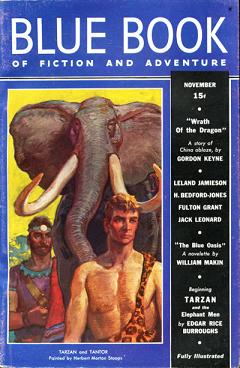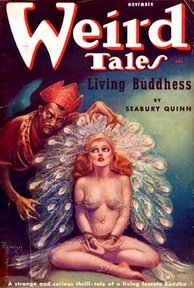
 Columbia Workshop (1936-57) aired Guy de Maupassant’s classic horror story “The Horla” on November 7, 1937 as its 64th episode. De Maupassant (1850-1893) published “The Horla” in 1887, though historians note two earlier versions, one each in 1885 and 1886, the 1887 version being the final “rewrite” of the previous attempts.
Columbia Workshop (1936-57) aired Guy de Maupassant’s classic horror story “The Horla” on November 7, 1937 as its 64th episode. De Maupassant (1850-1893) published “The Horla” in 1887, though historians note two earlier versions, one each in 1885 and 1886, the 1887 version being the final “rewrite” of the previous attempts.
The tale can be taken as science fiction (an advance force of parasitic aliens controlling minds prior to an invasion), or as horror (a descent into madness due to the same otherworldly forces), or a combination of both. H. P. Lovecraft said of “The Horla”: “Relating the advent in France of an invisible being who lives on water and milk, sways the minds of others, and seems to be the vanguard of a horde of extra-terrestrial organisms arrived on earth to subjugate and overwhelm mankind, this tense narrative is perhaps without peer in its particular department.” Critics have cited the story as an influence on Lovecraft’s own “The Call of Cthulhu.”
De Maupassant grew increasingly paranoid and fearful of death due to the progression of the syphilis he had contracted in his youth. Thoughts of, and attempts at suicide increased as the disease progressed, to the point where, following a suicide attempt on New Year’s Day of 1892, De Maupassant spent the final year and a half of his life in a private asylum where the syphilis exacted its final toll. Critics cite “The Horla” as a manifestation and expression of his mental breakdown in progress set to paper, which is, in itself, a major achievement under the circumstances.
“The Horla” has been adapted or referenced in any number of literary and other media since its publication, including an episode of Star Trek (1967’s “The Wolf in the Fold”), several stories by Manly Wade Wellman, more radio adaptations by other Old Time Radio shows, and later including television and various film adaptations under different titles.
Play Time: 29:51
{As the chills and horror from listening to “The Horla” faded, adventurous minds sought further stimulation by escaping into some of their favorite reading. The Blue Book for November of 1937 featured the first installment of Edgar Rice Burroughs’Tarzan and the Elephant Men;Thrilling Wonder Stories for December 1937 (TWS was a bi-monthly at this time) includes a cover story by early pulp mainstay Ralph Milne Farley; and Weird Tales for November of 1937 features one of the many iconic covers by revered WT artist Margaret Brundage.}


